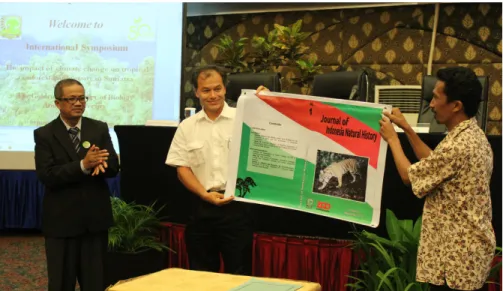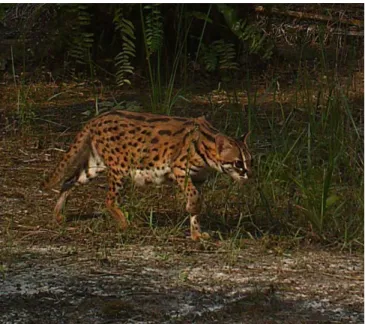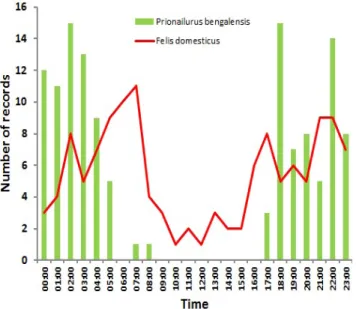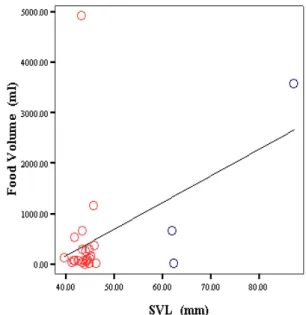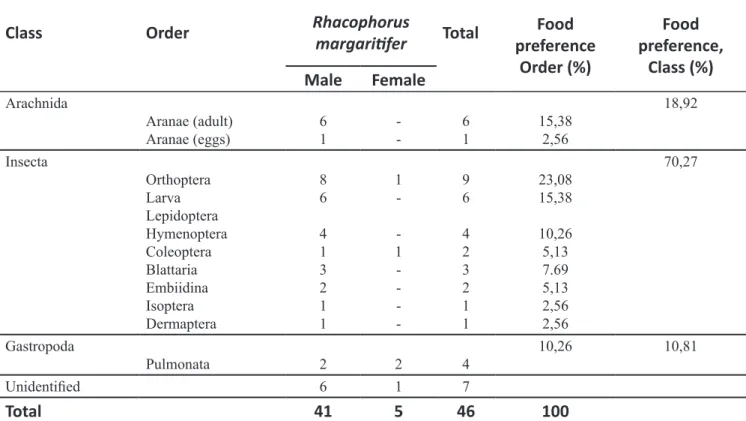In 1869, Wallace published "The Malay Archipelago" in which he described his studies and experiences from the trip (Wallace, 1869). The Sumatran rhinoceros, widely recognized as one of the most endangered mammal species in the world, is on the brink of extinction.
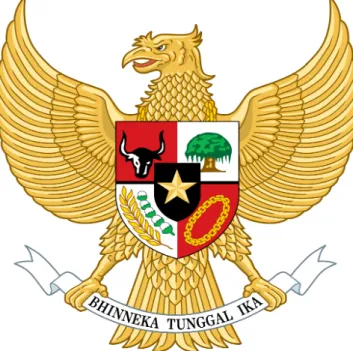
Automatic data organization, storage, and analysis of camera trap pictures
Editing InputTemp.txt to create Input.txt Here we have changed the header to be more
The date the jpg file was taken according to the camera trap can be seen in the outMyRenamer.txt file. You now need to edit InputTemp.txt to produce Input.txt that will be used in the analysis. Program CorrectInput uses AllPictures.txt and Input.txt to create a new list of start-stop times for each camera trap location.
The file DateList.txt contains the list of start-stop dates that can be substituted in InputTemp.txt. Assuming AllPictures.txt is created InputTemp.txt is easily created by double-clicking the CreateInput program. GroupMap.txt lists all camera locations and the "group" in which each is placed.
Like all analytics programs, Corridor starts with All Pictures.text and InputTemp.text (generated by Data Organize).
Think before you plan: Introducing preplanning considerations in conservation
Before the actual development of a plan, there must be specific pre-planning considerations. We consider such advance planning to be different from the initial phase of conservation planning or. To illustrate our case for the need for a clear pre-planning phase, we provide an example from our own direct experience of the impact of insufficient consideration of planning and project contexts.
The first step in advance planning is to consider the purpose of the plan, what decisions will result from it, and who will use the plan to make those decisions. Advance planning not only defines the context in which conservation planning will take place, it also indicates how much flexibility will be needed in planning. The context in places of high widespread conservation value should not preclude the use of sophisticated prioritization software (see Game et al., 2011; Meir et al., 2004), but the pre-planning phase should ensure that the objectives relevant to the decisions at hand, merit its use.
We recognize that advance planning exists to some extent in conservation organizations and other organizations involved in biodiversity conservation.
Organizations make strategic assessments of the risks and potential benefits of investing in particular countries, regions, strategies or emerging markets. The Schooner Foundation, Seth Neiman, and Harry and Shirley Hagey of the HRH Foundation provided the funding to make this paper possible. A leader's framework for decision-making - Wise leaders tailor their approach to fit the complexity of the circumstances they face.
Informed by science and rational thinking Use one of the many scientific conservation planning tools. In an ideal habitat, rat populations can grow so dense that they become one of the most serious pests in oil palm plantations. The barn owl, Tyta alba javanica, is today the most commonly used biological rodenticide in palm oil plantations (Chong et al., 2011).
However, it is uncertain whether barn owls are effective in reducing rodent populations that have grown to very high levels (Chong et al., 2011; Wood & Chung, 2003).
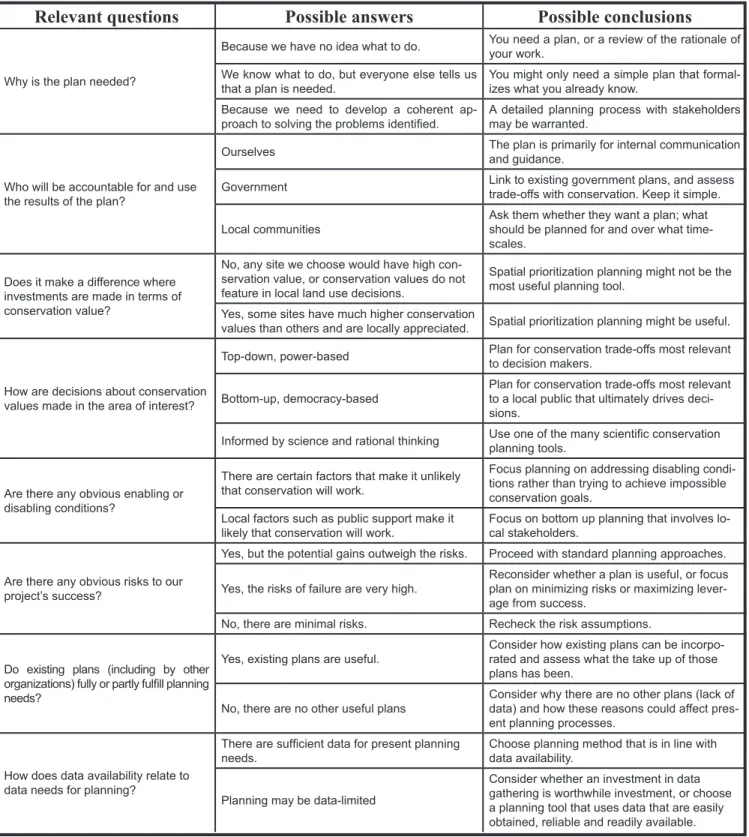
Using leopard cats (Prionailurus bengalensis) as biological pest control of rats in a palm oil plantation
Large rat populations can cause severe damage to fruit bunches resulting in significant economic loss. In addition, there is a high risk of severe residual effects on humans, especially the workers who apply the rodenticides (Joshi et al., 2002). Some companies declare no use of chemical rodenticides, and they breed more than 10,000 barn owls for their plantations annually (Indofood Agri Resources Ltd., 2012).
They are effective predators and can become relatively well established in local populations if sufficient nesting sites are installed by plantation owners (Naim et al., 2011). Spotted owls have been shown to be effective in controlling rodent damage to fruit clusters when rat populations are relatively low. However, studies show that without the use of aids such as rodenticides, spots cannot effectively reduce rodent populations when rat populations are very high (Chia & Lim, 1995; Chong et al., 2011; Smal et al., 1990).
This study aims to determine the effectiveness of the leopard cat in controlling rat populations in an oil palm plantation in Central Kalimantan, Indonesia.
M Ethodology
Therefore, it is expected to consume much more food and may be a better bio-rodenticide than barn owls, provided cats are found in large enough numbers. Simultaneously with camera traps we placed 50 cage traps (15x20x40cm) in five trap lines with 10 traps each at each study site. Cage traps were placed on the ground, baited with fresh coconut, and checked twice daily in the early morning and late afternoon.
A previous study in Sabah, Malaysia, revealed that murids comprised 92.8% of the mammalian prey eaten by leopard cats (Rajaratnam et al., 2007), suggesting that leopard cats are indeed significant predators of rats in a plantation landscape . 2011) do not report the number of the barn owl population in their study; therefore, it is not possible to make direct comparisons between these two studies. Density and habitat use of the leopard cat (Prionailurus bengalensis) in three commercial forest reserves in Sabah, Malaysian Borneo.
Movement and diet of the leopard cat Prionailurus bengalensis in a seasonal evergreen forest in south-central Thailand. Movements and prey selection of the leopard cat (Prionailurus bengalensis) in a subtropical evergreen forest in southern Thailand. Diet and habitat selection of the leopard cat (Prionailurus bengalensis borneoensis) in an agricultural landscape in Sabah, Malaysian Borneo.
Food preferences of the Javan tree frog (Rhacophorus margaritifer) in Mount Gede Pangrango National Park and.
Food preference of the Javan tree frog (Rhacophorus margaritifer) in Mount Gede Pangrango National Park and
M Ethods
Prey samples were collected by hand and through a light trap using a 52mm diameter candle as light source placed in the center of the box trap (Borror et al., 1996). The food composition of the Javan flying frog, Rhacophorus margaritifer, sampled from the Gede-Pangrango National Park and the Botanical Gardens Cibodas between the months of April-June 2009. It is not only the volume of available food that is important, but also the quality of the food.
Many species of amphibians are described as opportunists that take advantage of the resources available in their habitat (Hofrichter, 1999). The opportunistic feeding behavior of the Javan tree frog may be the key to its long-term survival. Seasonal, sexual and ontogenic variation in the diet of the falling frogs Litoria nannotis, Litoria rheocola and Nyctimystes dayi.
Red-billed bullfrogs (B. erythrorhynchus) are often seen picking ticks from a wide variety of wild and domestic ungulates (Hart et al, 1990) (Fig.1), although the exact nature of the symbiosis remains poorly understood. become (Weeks, 2000).
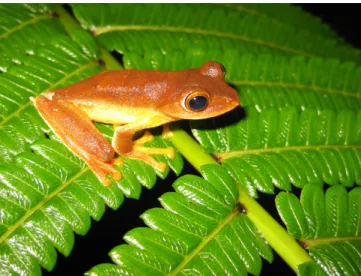
Mutualistic relationships are common in a wide variety of species, such as scavenging relationships between Caribbean cleaner gobies (Elacatinus evelynae) and longfish (Stegastes diencaeus) (Cheney and Cote, 2005), aphid insects, and the Buchnera bacterium. aphidic. Toft et al., 2009), Clownfish and sea anemones (Fautin, 1991) as well as pelagic thresher sharks (Alopias pelagicus) and cleaner fish (Labroides dimidiatus) (Oliver, 2011). However, it remains to be seen whether this should be attributed to the fact that (1) these habitats support far fewer species and lower densities of large-bodied terrestrial herbivores, or (2) much less is known about the behavior and interspecific relationships of rainforest vertebrates. During a study in the rainforest of Kalimantan, we recorded a symbiotic relationship between the Pied fantail (Rhipidura javanica) and the Bornean red muntjac (Muntiacus muntjac).
This paper describes what we believe to be the first evidence of a bird-mammal mutualism observed in a Southeast Asian tropical rainforest.
First evidence of mutualism between Pied Fantail (Rhipidura javanica) and Bornean Red Muntjac (Muntiacus muntjak)
We recorded two incidents of symbiotic interaction between pied fantail and Bornean red muntjac on May 14 and 18, respectively. Finally, the fantail landed on the tail of the male muntjac, after which it stopped eating for 50 seconds and assumed a position where the fantail was free to move between its hind legs and its back to feed. Although symbiotic interactions between birds and mammals are rarely observed in tropical forests, it is likely a common occurrence that is difficult to observe in dense rainforest habitat.
How common such interactions are, and to what extent the bird-mammal relationship is mutually beneficial, remains a question, but in most cases, relationships are obligate for birds. However, the fan-crested fan and muntjac captured in our video showed mutual familiarity, suggesting that such events have evolved from past experience, either among individual birds and mammals or more generally. The Pied fantail-muntjac sighting showed the advantage of selecting the “video mode” setting for camera trapping surveys.
We hope that this observation will promote more studies on this topic, to improve our understanding of bird-mammal symbiosis in tropical rainforest habitats.
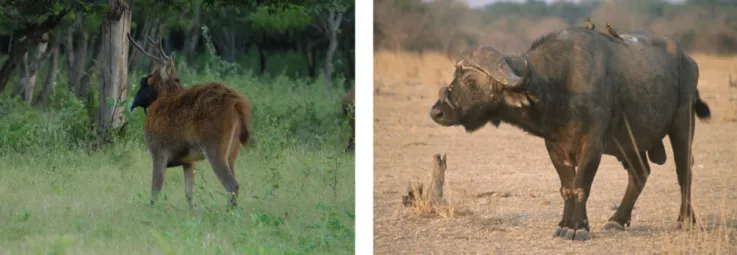
In this study, I examine the social behavior, social organization and movement of the Bornean elephant (Elephas maximus borneensis) in the Lower Kinabatangan Wildlife Sanctuary (LKWS). I hope that the results of this study will provide valuable information to the Sabah Wildlife Department for the future management of the species. Smaller individuals are caught and tissue samples removed to develop an understanding of the genetic health of the species across the state of Sabah.
The culmination of the project will result in the distribution of information to the local population as well as a more detailed understanding of the status of a species that just 30 years ago was considered endangered. In 2005, a comprehensive survey was conducted in Sabah to determine the population status and to assess the threats to the survival of the species in the state. The distribution of the proboscis monkeys appeared highly fragmented, with only five major centers of continuous distribution and numerous small isolated populations.
Software: The first letter should only be capitalized if the program name is a word (eg Vortex, ArcGIS).
